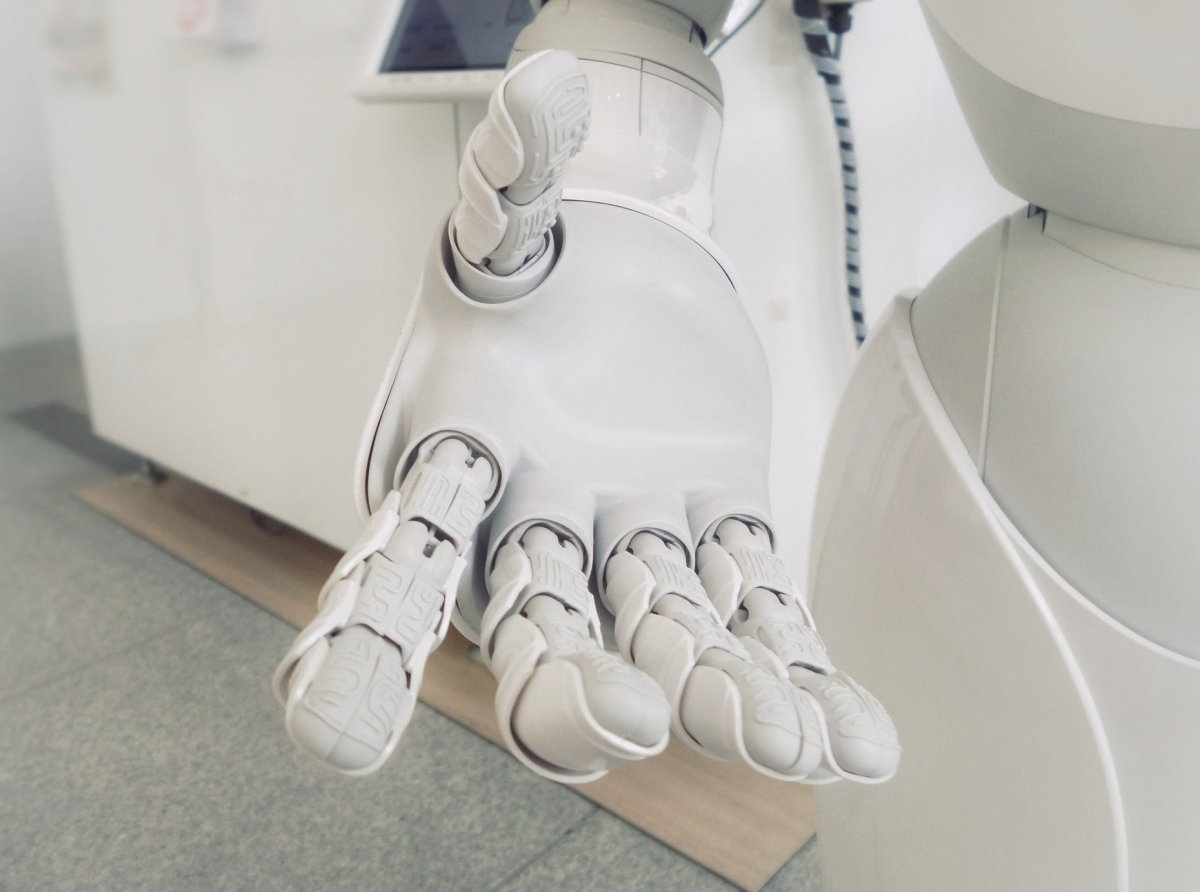
Unlocking the Power of Automation: Enhancing Forex Trading with Technology
-
Introduction: Explain the significance of automation in forex trading and how it has revolutionized the industry.
-
Benefits of Automation: Discuss the advantages of using technology in forex trading, such as increased speed, accuracy, and efficiency.
-
Automated Trading Systems: Explore different types of automated trading systems and how they can be used to enhance forex trading strategies.
-
Risks and Challenges: Address potential risks and challenges associated with automation in forex trading, including system failures, reliance on algorithms, and lack of human judgment.
-
Future Outlook: Discuss the future trends and developments in automation for forex trading, including advancements in artificial intelligence and machine learning.

How to Automate Forex Trading
How to Automate Forex Trading
1.
Automation has revolutionized the forex trading industry, making it faster, more accurate, and efficient than ever before. In the past, traders had to manually execute trades based on their analysis and market conditions. However, with advancements in technology, automation has become a game-changer in the forex market.
2.
Using technology in forex trading offers numerous advantages. Firstly, automation increases the speed of trade execution. With automated systems, trades can be executed instantly without any delay or human error. This is crucial in a fast-moving market where every second counts.
Secondly, automation improves accuracy by eliminating emotional biases that often cloud human judgment. Automated systems strictly follow predefined rules and algorithms without any emotions involved. This allows for precise execution of trades based solely on data and analysis.
Lastly, automation enhances efficiency by allowing traders to monitor multiple currency pairs simultaneously and execute trades around the clock. This eliminates the need for constant manual monitoring and enables traders to take advantage of trading opportunities even when they are not physically present.
3.
There are various types of automated trading systems that can be used to enhance forex trading strategies:
a) Expert Advisors (EAs): EAs are software programs that run on popular trading platforms like MetaTrader 4 (MT4) or MetaTrader 5 (MT5). They are designed to automatically execute trades based on predefined rules set by the trader or algorithm.
b) Algorithmic Trading: Algorithmic trading involves using mathematical models and algorithms to analyze market data and make trade decisions automatically. These algorithms can be created by individual traders or purchased from third-party providers.
c) Copy Trading: Copy trading allows traders to automatically replicate the trades of successful traders in real-time. This is done through social trading platforms where users can connect their accounts with those of experienced traders and mirror their trades automatically.
4.
While automation offers numerous benefits, it also comes with risks and challenges. One of the main risks is system failures. Technical glitches or internet connectivity issues can lead to delays or failed trades, resulting in potential losses. It is important for traders to have backup systems in place and regularly monitor their automated trading systems.
Another challenge is the reliance on algorithms. Automated systems are only as good as the algorithms they are based on. If the algorithm is flawed or not properly adjusted to market conditions, it can lead to poor trade execution and losses.
Furthermore, automated trading systems lack human judgment. They cannot take into account unexpected events or news that may impact the market. Traders should still maintain a level of involvement and be ready to intervene when necessary.
5.
The future of automation in forex trading looks promising with advancements in artificial intelligence (AI) and machine learning (ML). AI-powered trading systems can adapt and learn from past data, continuously improving their performance over time.
Machine learning algorithms can analyze vast amounts of data quickly, identifying patterns and trends that humans may miss. This can lead to more accurate predictions and better trade execution.
Additionally, advancements in technology will likely bring more sophisticated tools for risk management, helping traders automate their strategies while minimizing potential losses.
In conclusion, automation has revolutionized forex trading by increasing speed, accuracy, and efficiency. Traders can benefit from various types of automated trading systems but should be aware of potential risks associated with system failures and over-reliance on algorithms. The future holds exciting possibilities with AI and ML driving further advancements in automation for forex trading.
automation, power, enhancing, forex trading, technology









Report
My comments